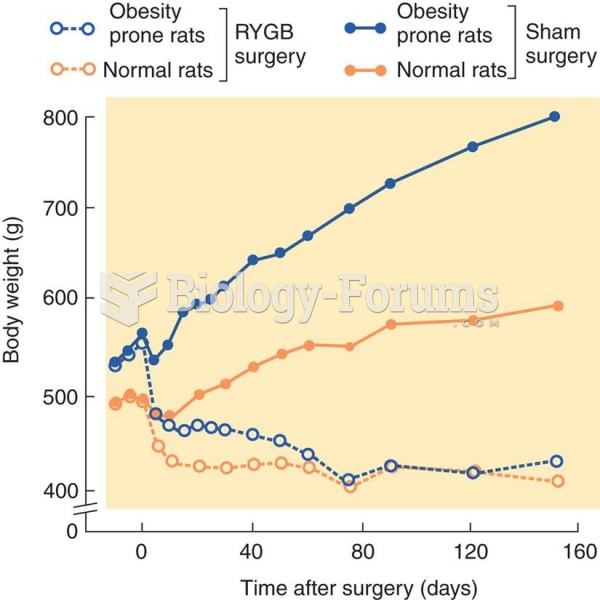Answer to Question 1
Answer:4
Rationale: When the spinal column is manipulated,there is a risk for impaired color,sensitivity,and movement to lower extremities. The other signs are neurological impairment and are not high risk with spinal surgery.
Answer to Question 2
1,2,4
Rationale 1: Chest pain, dyspnea, tachycardia, and hypotension are symptoms of amniotic embolism, which occurs more commonly with hydramnios. Hydramnios occurs in 10-20 of pregnant diabetics. Renal malformation or dysfunction and postmaturity can cause oligohydramnios. Large for gestational age infants and placenta previa are not associated with hydramnios.
Rationale 2: Chest pain, dyspnea, tachycardia, and hypotension are symptoms of amniotic embolism, which occurs more commonly with hydramnios. Hydramnios occurs in 10-20 of pregnant diabetics. Renal malformation or dysfunction and postmaturity can cause oligohydramnios. Large for gestational age infants and placenta previa are not associated with hydramnios.
Rationale 3: Chest pain, dyspnea, tachycardia, and hypotension are symptoms of amniotic embolism, which occurs more commonly with hydramnios. Hydramnios occurs in 10-20 of pregnant diabetics. Renal malformation or dysfunction and postmaturity can cause oligohydramnios. Large for gestational age infants and placenta previa are not associated with hydramnios.
Rationale 4: Chest pain, dyspnea, tachycardia, and hypotension are symptoms of amniotic embolism, which occurs more commonly with hydramnios. Hydramnios occurs in 10-20 of pregnant diabetics. Renal malformation or dysfunction and postmaturity can cause oligohydramnios. Large for gestational age infants and placenta previa are not associated with hydramnios.
Rationale 5: Chest pain, dyspnea, tachycardia, and hypotension are symptoms of amniotic embolism, which occurs more commonly with hydramnios. Hydramnios occurs in 10-20 of pregnant diabetics. Renal malformation or dysfunction and postmaturity can cause oligohydramnios. Large for gestational age infants and placenta previa are not associated with hydramnios.







